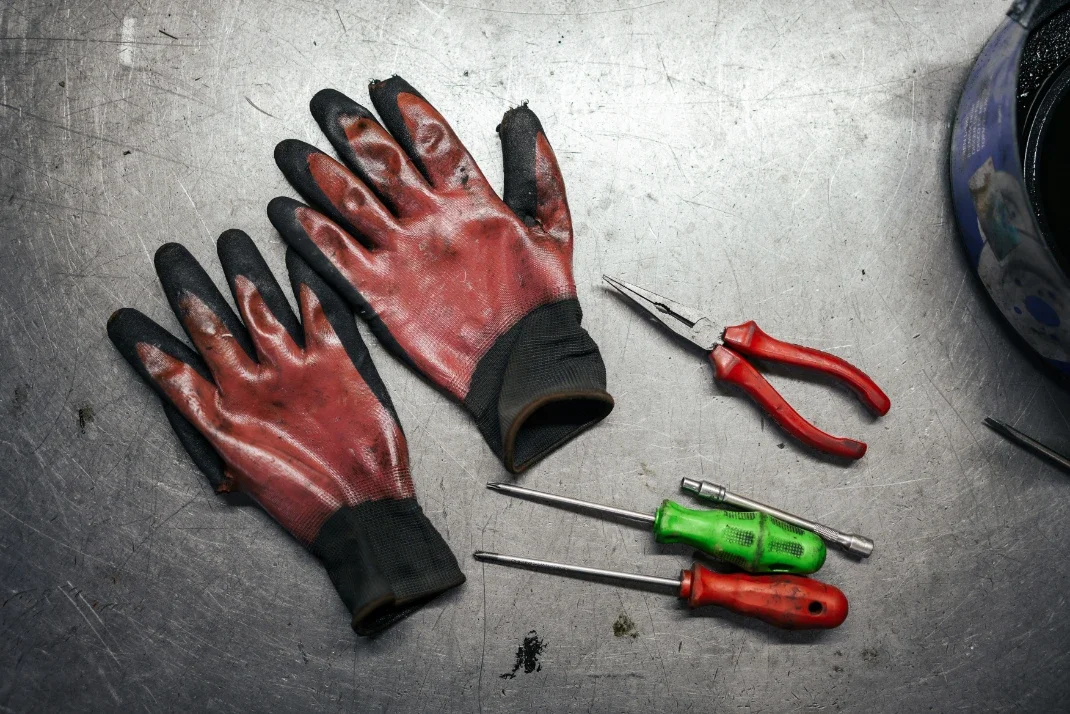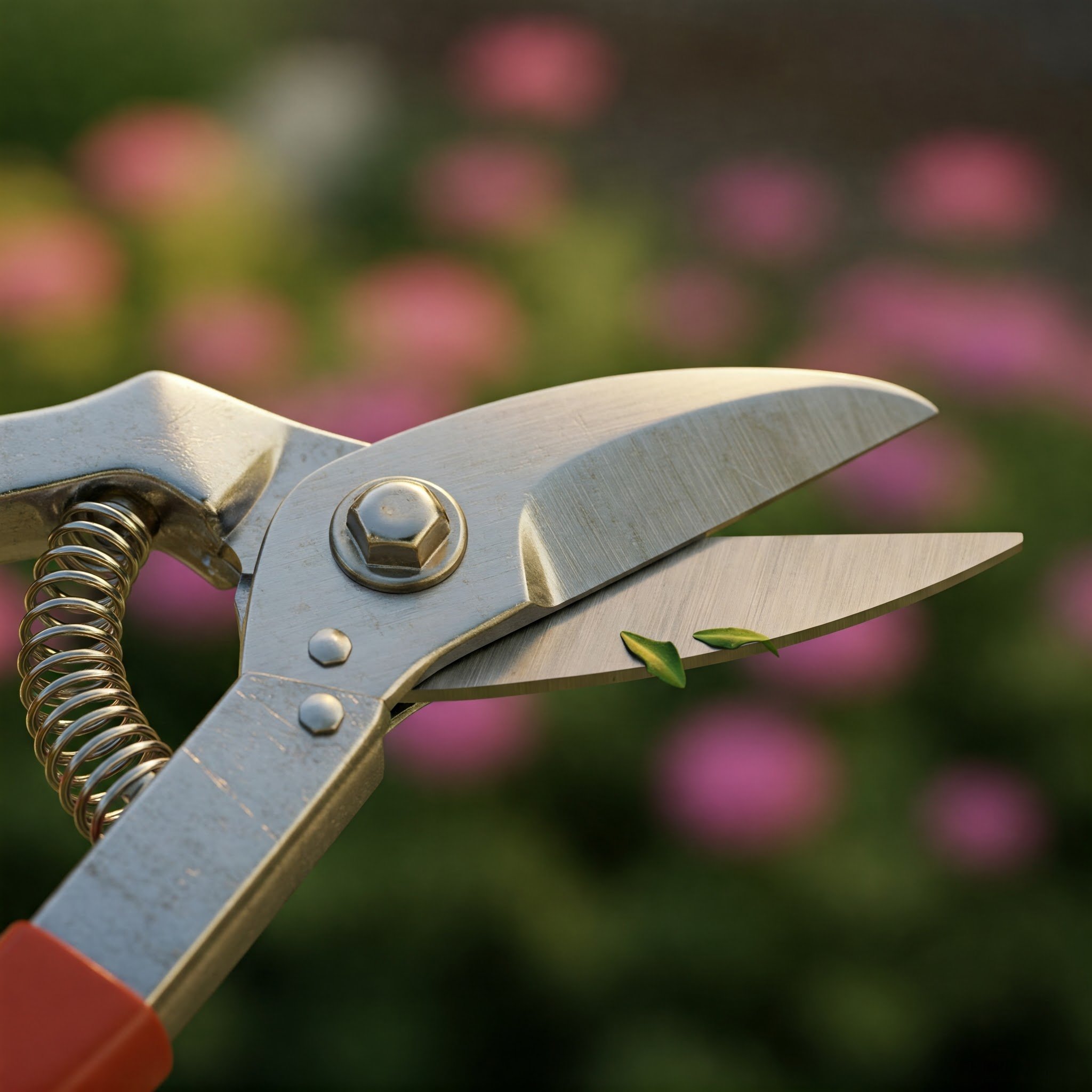Why Durable Climbing Gloves Outlast Regular Gardening Gloves
Find out why durable climbing gloves offer better grip, protection, and longevity compared to standard gardening gloves for tough outdoor tasks.
Most gardening gloves wear out faster than you expect. After a few weeks, the fingertips split, the grip fades, and the fabric stiffens from dirt and moisture. Durable climbing gloves are built to solve these problems. Designed for grip, abrasion resistance, and long-term comfort, they last far longer than standard garden gloves — even under rough use.
The Hidden Weakness of Regular Gardening Gloves
Typical garden gloves are made from thin cotton, canvas, or light synthetic blends. They’re soft and inexpensive, but they aren’t meant for constant friction or heavy tools.
When you pull weeds, dig into soil, or handle thorny branches, those light materials tear easily. Add a bit of moisture, and seams weaken faster.
Over time, these gloves lose shape and protection, forcing you to replace them again and again.
How Climbing Gloves Are Built Differently
Climbing gloves are engineered for survival on rock faces, ropes, and metal gear. That means every stitch matters.
Key construction upgrades:
Reinforced palms and fingers: Double or triple-stitched leather panels resist abrasion.
Durable fabrics: Synthetic leather, goatskin, or Kevlar hold up to constant rubbing.
Elastic wrist closures: Keep dirt and debris out while improving fit.
Flexible knuckles: Allow hand movement without tearing seams.
Where garden gloves focus on comfort, climbing gloves focus on performance — and it shows.
Superior Grip and Control
A good grip means safer, more precise work. Climbing gloves use textured palm patterns and high-friction materials to hold onto ropes, tools, or wet surfaces.
In gardening, that grip makes it easier to handle slippery hoses, pruning shears, or wet soil. Even when damp, the gloves don’t slide. They let you keep your hold without squeezing harder — reducing hand fatigue.
Water and Weather Resistance
Standard garden gloves soak up water. Once wet, they become heavy, cold, and slow to dry.
Most climbing gloves use water-resistant coatings or quick-dry synthetics. These materials repel moisture and stay flexible when damp. They also resist UV damage, so sunlight won’t weaken the fibers over time.
That means you can dig, prune, or haul without worrying about soggy hands.
Protection From Thorns, Rocks, and Tools
Thorns, metal edges, or coarse materials ruin light gloves quickly. Climbing gloves are thicker, with added palm padding and durable outer layers.
When used for gardening, that extra protection prevents cuts and blisters. You can pull rose stems or lift pots without flinching. They also make power-tool use safer, absorbing vibration and shielding against sharp debris.
Breathability and Comfort
You might think tougher gloves mean sweaty hands — but climbing gear balances protection with airflow.
Perforated back panels, stretch mesh zones, and moisture-wicking liners keep hands cool. Even after hours of work, the gloves stay comfortable. Many include pull-on loops for quick removal or hanging to dry.
Cost vs. Longevity
At first glance, climbing gloves cost more than basic garden gloves. But durability changes the math.
If a $15 pair of gardening gloves wears out every two months, and a $40 pair of climbing gloves lasts all year, you save money and waste less.
The reduced replacements, better comfort, and stronger protection make climbing gloves the smarter long-term choice.
Use Cases Beyond Gardening
Once you try durable climbing gloves for gardening, you’ll find more uses:
Landscaping or yard cleanup
Handling firewood or stone
Camping, hiking, or outdoor repairs
DIY home projects
Biking or trail maintenance
They transition easily between chores and hobbies — a single, reliable pair for all outdoor work.
How to Choose the Right Pair
Here’s what to look for when buying:
Material: Goatskin or synthetic leather for strength.
Palm design: Reinforced with grip texture.
Fit: Snug without restricting movement.
Cuff style: Adjustable closure to block dirt.
Padding: Moderate thickness for both dexterity and protection.
Try bending your fingers and holding a tool before buying. Good climbing gloves should feel like an extension of your hand — not armor.
Care Tips to Make Gloves Last Even Longer
Durable gloves still benefit from basic care:
Shake out dirt after each use.
Rinse or wipe with mild soap and water.
Air-dry away from direct sunlight.
Apply leather conditioner if applicable.
Store flat in a dry, cool place.
Clean, dry gloves keep their flexibility and resist cracking or odor.
Eco-Friendly Advantage
Fewer replacements mean less waste. Buying long-lasting gloves cuts down on landfill waste and manufacturing impact. Many climbing glove brands now use recycled fabrics or vegetable-tanned leathers, offering durability with sustainability.
Conclusion
Durable climbing gloves combine the best of toughness, comfort, and flexibility. They handle mud, rain, thorns, and tools that destroy ordinary gardening gloves.
They cost a little more upfront but outlast several cheaper pairs — saving you money and frustration. Whether you’re pruning roses or moving rocks, these gloves keep your hands protected season after season.
If you’re tired of worn-out gloves and sore hands, step up to a pair built for the climb.




